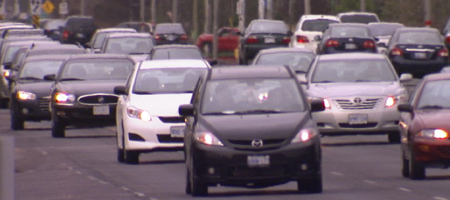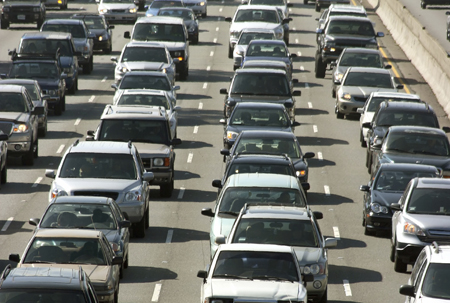
Many communities around the world are making an attempt at combating urban sprawl. An excellent example is in a town near San Francisco, California. They are preventing urban sprawl and revitalizing a formerly industrial waterfront by creating a pedestrian-friendly, transit-oriented city.
What separates Hercules from other cities is that they are reclaiming land that was previously used for other functions instead of building on unused land that is “green”.
The town is also taking transit-oriented development to another level with a transit hub that will include a ferry terminal, an Amtrak rail station and buses destined for surrounding communities. Next to the terminal will be homes, offices, restaurants, retail stores and public space. Having everything close by encourages residents to walk instead of using the car, shop locally and meet their neighbours.
Having transit options, especially going to San Francisco, is a step in reducing traffic on some of the continents most congested roads.
Reducing congestion and commute times are ideas the vivaNext project will also bring to York Region.
What do you think about Hercules and the new urbanism in this suburban town?<-->



